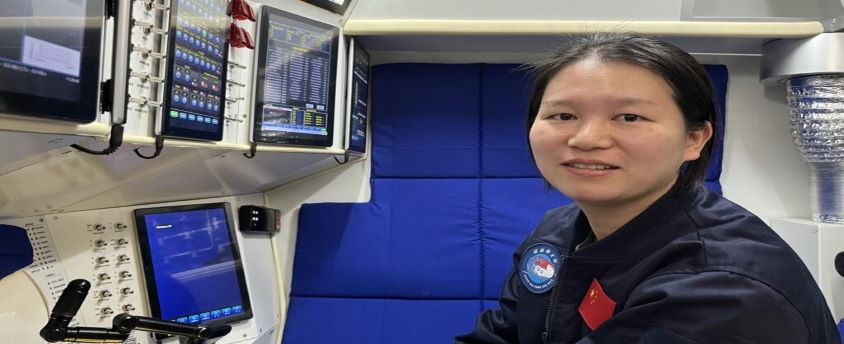China takes lead in Mapping the Deep
06, Mar 2023

Prelims level : Science & Technology
Mains level : GS-III Science & Technology - Indigenization of Technology & Developing New Technology
Why in News?
- Departing from Sanya’s Institute of Deep Sea Science and Engineering (IDSSE), Explorer
2 (a green-white vessel) makes frequent forays in some of the least explored parts of the world’s oceans. - It carries with it one of the most advanced deep-sea submersibles.
- It should be noted that China aims to dominate the emerging and highly competitive field of deep-sea exploration.
- Apart from China, only the U.S., France, and Russia have similar capabilities.
- China, the U.S., Russia, Germany, France, and even India (though to a lesser extent), are competing for exploration contracts to search the vast areas under the jurisdiction of the International Seabed Authority (ISA). China has secured several exploration licences in the Pacific and Indian Oceans.
China’s Deep Sea Exploration Mission:
- In 2020, IDSSE launched a mission that sent a manned submersible, Fendouzhe (or Striver) to a record depth of more than 10,000 metres. Its success was highly appreciated by Chinese President Xi Jinping.
- Striver explored the Mariana Trench in December 2021. It discovered new microbes and a rich food supply system.
- The submersible observed for the first time anemones at a depth of around 8,880 metres and fish feeding on shark remains at 9,900 metres at the Kermadec Trench in the Pacific Ocean.
- The Kermadec project was run in collaboration with New Zealand.
- The mission of IDSSE is jointly run by the Chinese Academy of Sciences (premier scientific institution) and the Hainan provincial government.
- It aims to establish China as a science and technology power. Its mission is to create “a China-led global deep-sea scientific research programme with joint participation by numerous major international deep-sea research teams”.
Significance of Deep Sea Exploration:
- According to researchers at the IDSSE, their main aim is to understand the deep depths of oceans and trenches.
- Deep-sea research also has the potential to unlock untold commercial opportunities in the form of mineral resources like copper, gold, minerals, and rare earth elements.
- Researchers also intend to understand marine biodiversity and their environment.
- Scientific research is pivotal in understanding how resources can be exploited without damaging the ocean environment.
- The potential for biotechnology beginning from new enzymes to addressing anti-microbial resistance is immense.
- Moreover, China’s advanced submersibles are also boosting the China Ocean Mineral Resource R&D Association (COMRA), a government-backed body. It plans to develop the world’s most advanced deep-sea mining capabilities.






